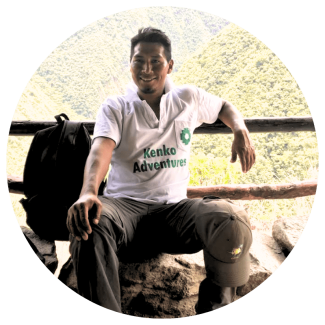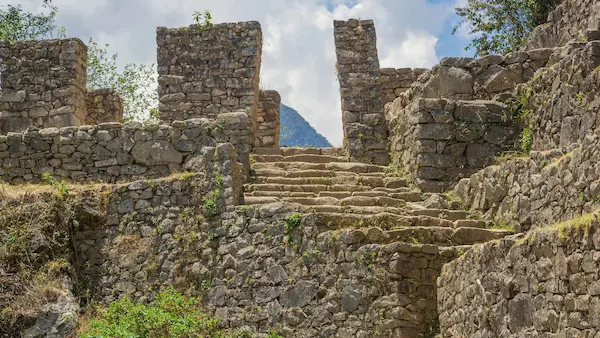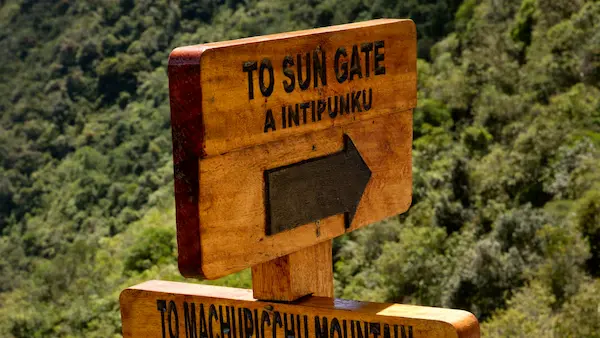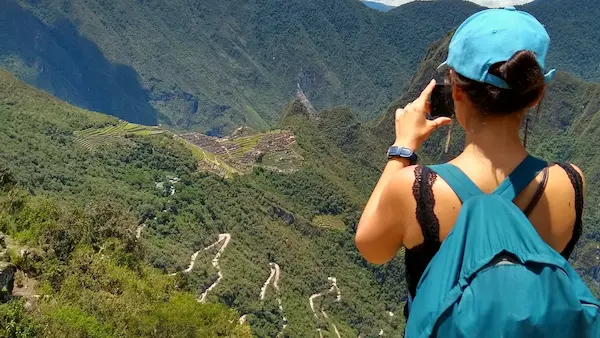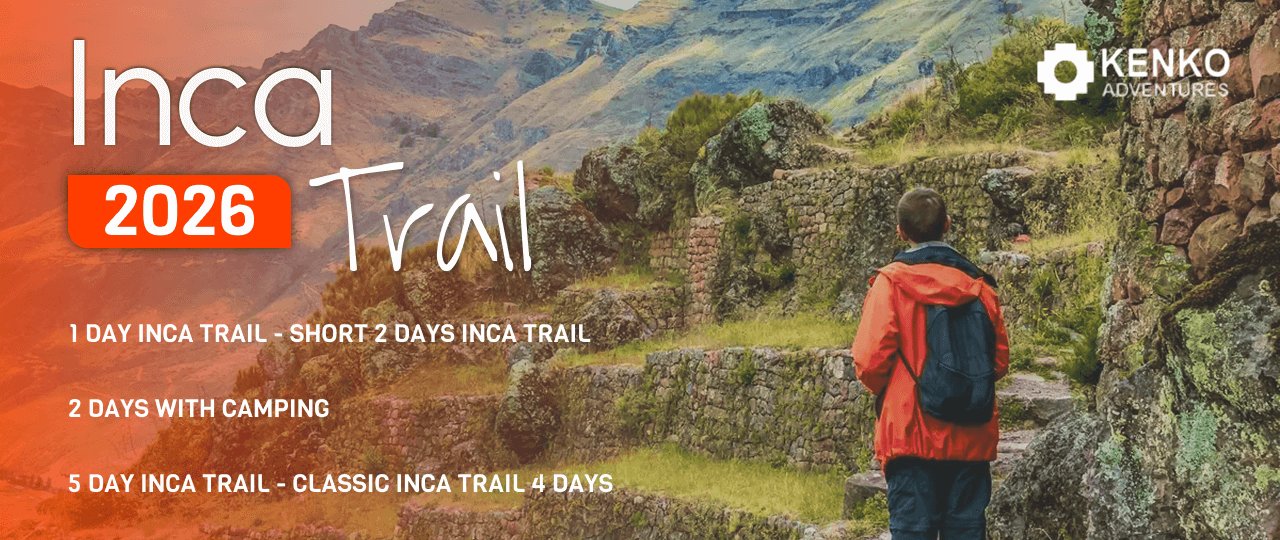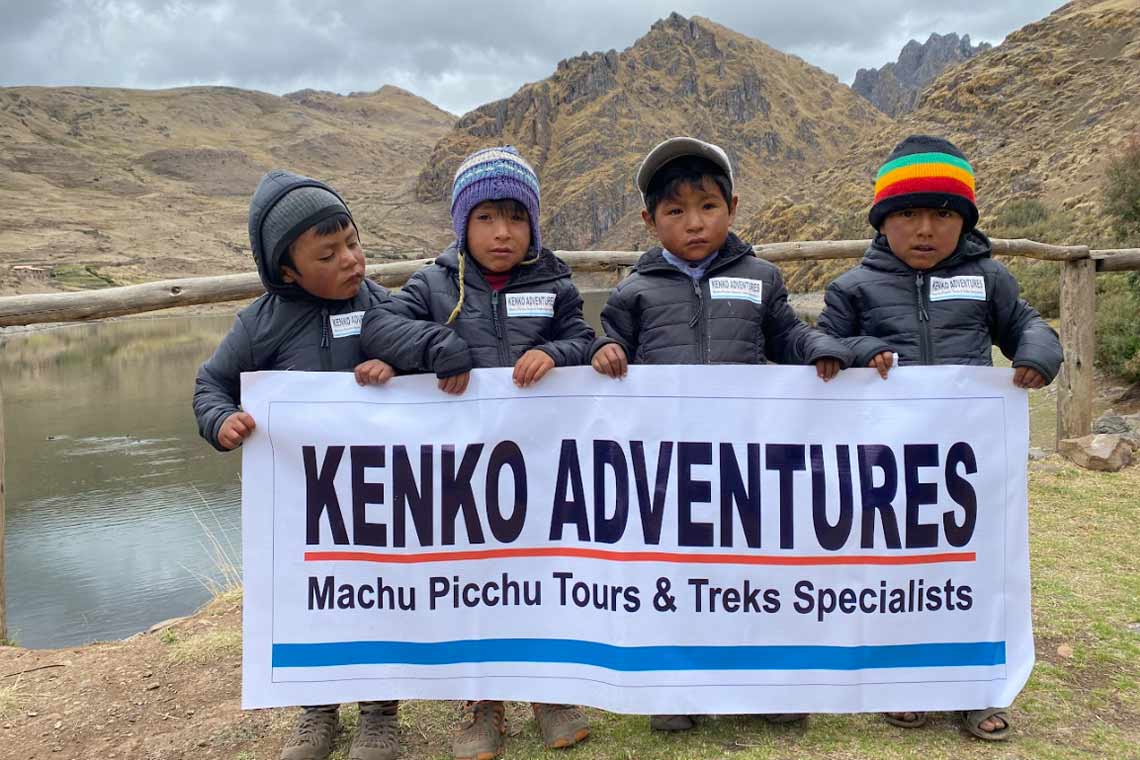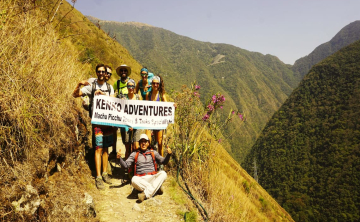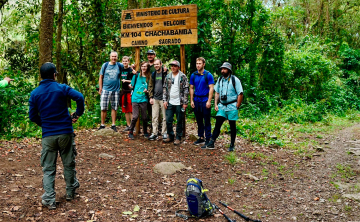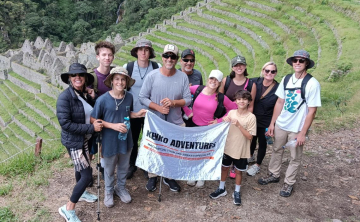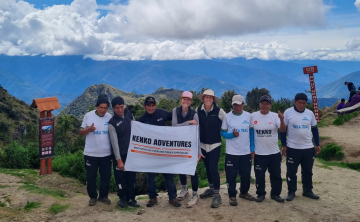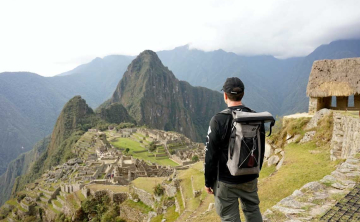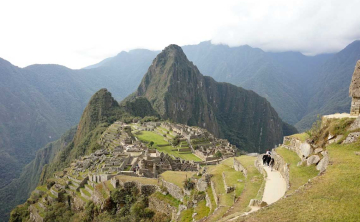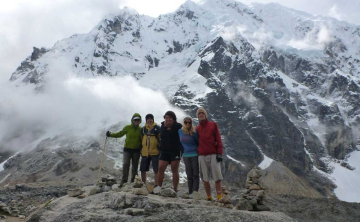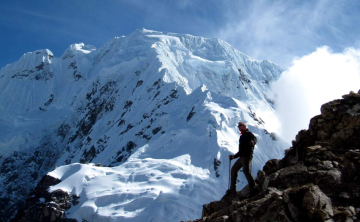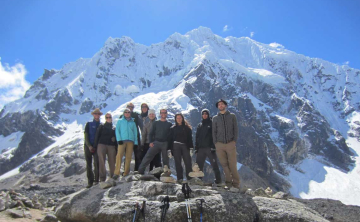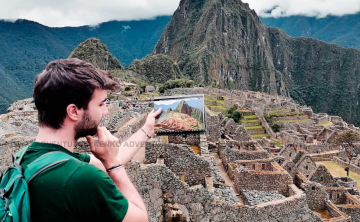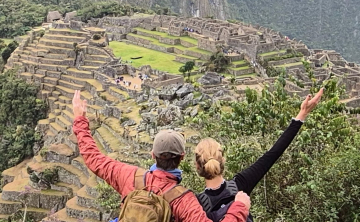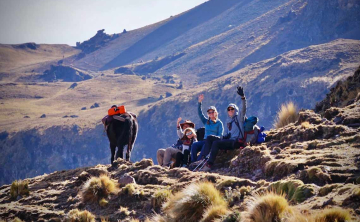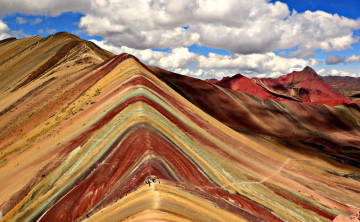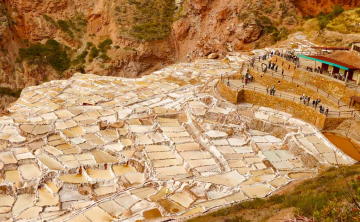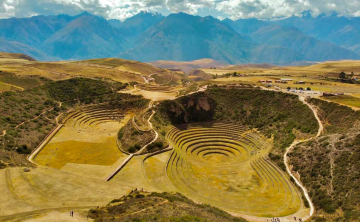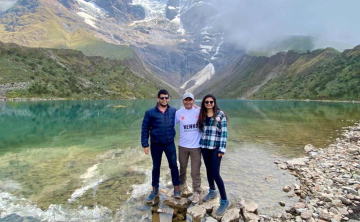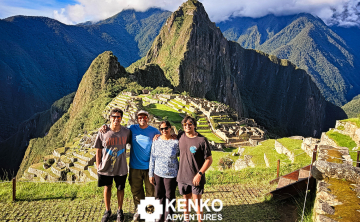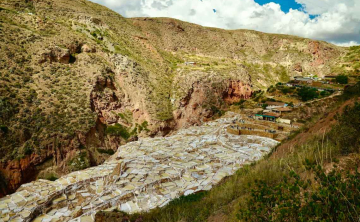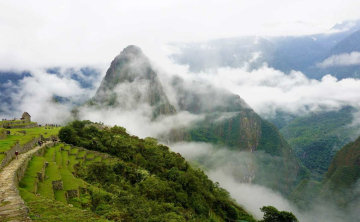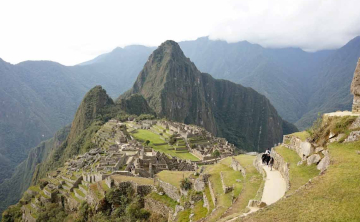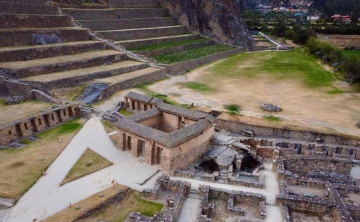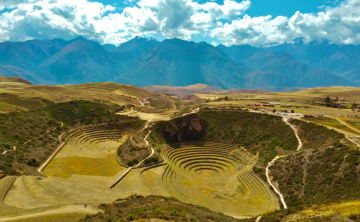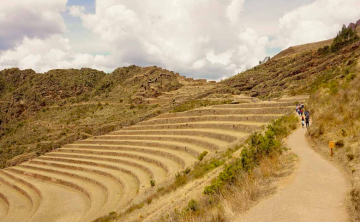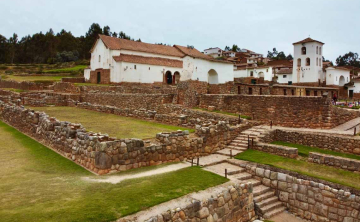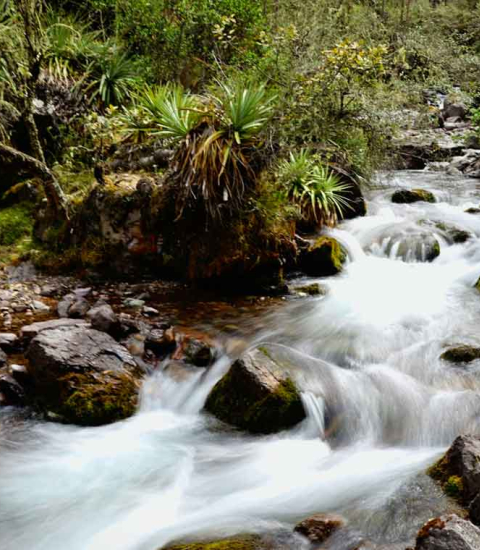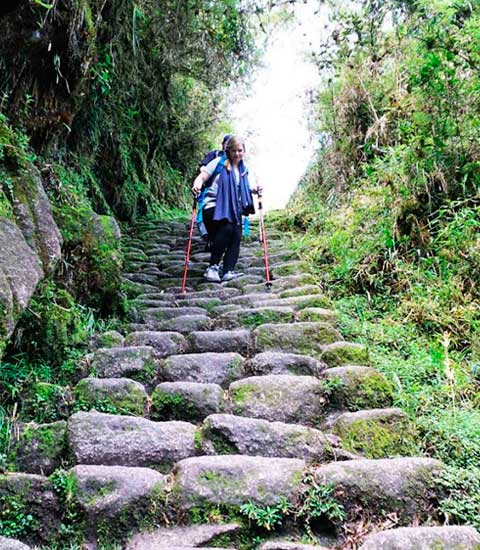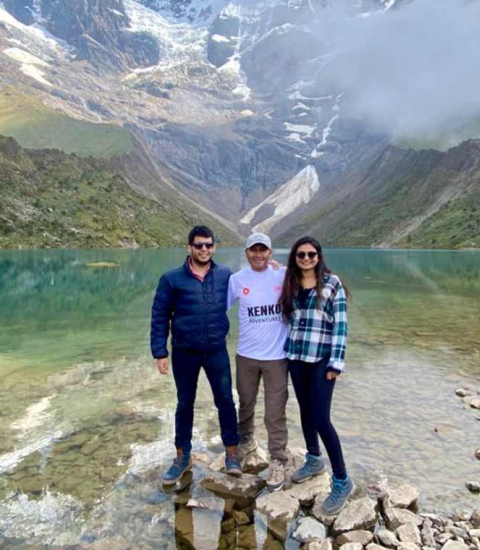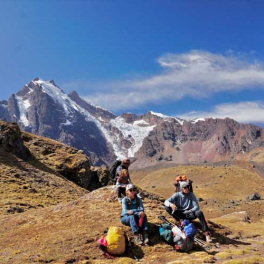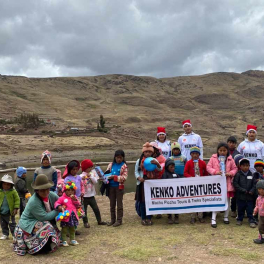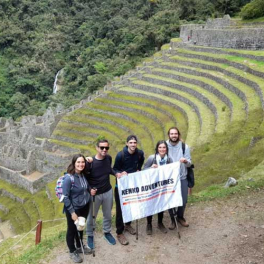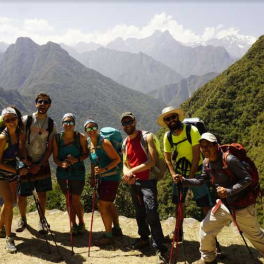A guide to hiking to the Sun Gate (Inti Punku)
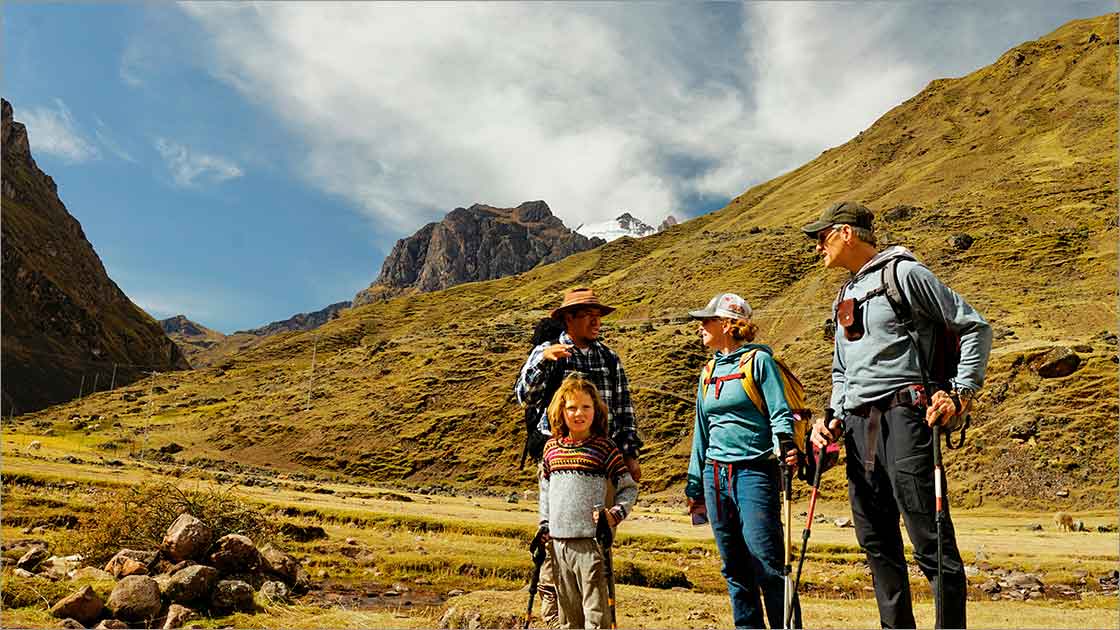
The Inti Punku, also known as the Sun Gate, is one of Machu Picchu's most significant archeological features. It links the site to the well-known citadel of Machu Picchu. This building's many stone walls, doorways, windows, and natural terraces contribute to its mysterious and sacred atmosphere. Located atop Machu Picchu, the Inti Punku was a very sacred location that is believed to have served as a sun-related ceremonial entrance. The holy city served as a destination for pilgrims who arrived on important dates in the Inca calendar. Because of its perfect location, which offers breathtaking panoramic views, it remains one of the most visited places for anybody interested in learning about the history and construction of Machu Picchu.
Details of the Inti Punku
- Age limit: No limit.
- Altitude: 2 720 meters.
- Elevation gain: 290 m.
- Location: The Inti Punku (Sun┬┤s gate) is located at the top of Machu Picchu in the city of Cusco, Peru.
- Archeological attractions: terraces and the Sun┬┤s Gate.
- Advantages: You experience a part of the Original Inca Trail.
- Difficulty: Moderate.
- Walking distance: 4 km (round trip).
You might also want to check out: What animals can i see on the Inca Trail?
History of Inti Punku
Inti Punku, which means ÔÇťSun's GateÔÇŁ, is a remarkable structure located at the shortcut leading to Machu Picchu, the oldest citadel of Peru. This historical monument was constructed in the 15th century, during the reign of Emperor Pachacuti, a key figure in the expansion and consolidation of the Inca Empire.
Construction and design
Inti Punku was designed primarily as a ceremonial access to Machu Picchu. However, its purpose extended beyond that of a mere entrance. It was built with large stone blocks, carefully placed under pressure to create a solid, enduring structure. The gate features a rectangular opening, which was aligned precisely to mark key astronomical events, especially during the solstices. This alignment showcases the Incas' architectural ingenuity and their ability to harmonize their designs with the natural cycles of the earth and sky. The strategic placement of this gate reflects the deep understanding the Incas had of their environment and their knowledge of how to integrate it into their grand architectural schemes.
Astronomical significance
One of the most striking features of Inti Punku is its astronomical alignment, particularly during the winter solstice, on June 21st. On this day, the sun perfectly aligns with the opening of the gate, an event that was of immense significance to the Incas. This alignment marked the beginning of a new agricultural cycle, heralding the time for religious ceremonies and festivities. The event signified a time of renewal and the start of important activities in the agricultural calendar. It also illustrates the advanced understanding the Incas had of astronomy and their ability to incorporate these principles into their architecture.
Commercial role
Beyond its astronomical function, Inti Punku also served as an important ceremonial entry point for representatives, traders, and visitors arriving at Machu Picchu. The citadel was not only a religious and administrative center, but also a meeting place for key figures from across the Inca Empire. The gate was symbolic, marking the arrival to the sacred city, which was reserved for the elites and nobility of the empire. As such, Inti Punku had both a practical and ceremonial role in the empire, serving as a threshold to a place of great spiritual and political significance.
Discovery and conservation
The importance of Inti Punku was rediscovered in 1911 by Hiram Bingham, the American explorer and archaeologist, while he was conducting explorations of Machu Picchu. Since then, it has been extensively studied and excavated, revealing its dual role as a ceremonial entrance and an astronomical observatory. The site has undergone significant conservation efforts to preserve its original structure and to ensure that future generations can continue to appreciate its historical and cultural importance. The efforts have also allowed for the study of Inca architecture and their advanced knowledge of the natural world.
You might also want to check out: The Inca Culture History
What activities can I do in Inti Punku?
Inti Punku, or Sun Gate, is not only an incredible archaeological site but also a beautiful place for outdoor activities. The location offers visitors a unique combination of historical exploration and natural beauty, making it a must-visit for those exploring Machu Picchu. Here are some of the key activities that visitors can enjoy at Inti Punku:
Hiking
The hike from Machu Picchu to Inti Punku is one of the most renowned treks for visitors. The journey covers approximately 2 kilometers, winding through ancient Inca pathways that were built centuries ago. This trail takes you through lush vegetation, rugged terrain, and stunning landscapes. The hike, while challenging, offers incredible views of Machu Picchu and the surrounding areas, making it a rewarding experience for any adventurer.
Sightseeing
One of the main attractions of Inti Punku is the breathtaking panoramic views it offers. From the top of the Sun Gate, visitors can enjoy unique views of Machu Picchu that are not visible from other parts of the site. These views include the Urubamba River, Huayna Picchu Mountain, and the town of Aguas Calientes with its surrounding lush green hills. The vantage point allows for a completely different perspective of the Inca citadel, making it a perfect spot for appreciating the grand scale of Machu Picchu.
Taking photographs
For photography enthusiasts, Inti Punku offers some of the best photo opportunities in Machu Picchu. From the top, visitors can capture stunning images of the ancient city set against the dramatic backdrop of the Andes. Whether itÔÇÖs the early morning light hitting the stone walls of Machu Picchu or the sweeping views of the surrounding valleys, Inti Punku offers unparalleled opportunities to capture memories of this historic site.
Birdwatching
The hike to Inti Punku is also a great opportunity for birdwatching. The area is home to a variety of species that live in the cloud forests of Machu Picchu. Visitors can spot unique birds such as the cock of the rock (the national bird of Peru), the Andean guan, the blue tanager, the chestnut-breasted hummingbird, and the mountain watchmaker. The vibrant birdlife adds an additional layer of beauty to the hike, making it even more enriching for nature lovers.
Visit the SunÔÇÖs Gate
Inti Punku itself is one of the most important structures in Machu Picchu. Although it is not frequently visited due to its elevated location, it plays a significant role in the ancient Inca ceremonial practices. The Sun Gate was likely used as a gateway for those traveling to the citadel and as an astronomical observatory. To fully explore this site and understand its historical significance, it is recommended to hire a private tour guide who can offer in-depth knowledge about the area and its cultural importance.
You might also want to check out: History of Pisco Sour and Recipe
Frequently asked questions
When planning a visit to Inti Punku and Machu Picchu, it's common to have several questions about the experience. Whether it's about the best time to visit, what to bring, or the level of difficulty of the hike, weÔÇÖve gathered answers to some of the most frequently asked questions to help you prepare for your adventure. Read on to find the information you need for a smooth and memorable visit to this incredible historical site.
Can I see the sunrise at Inti Punku in Machu Picchu?
Yes, you can witness the sunrise from the top of Inti Punku, but itÔÇÖs important to note that the entrance to Machu Picchu is at 6 am. Depending on the crowd, it might take more than 30 minutes to get to the top. Visitors entering through the Inca Trail have the opportunity to catch the sunrise earlier as they start their hike before dawn.
Is there an age limit?
No, there is no age restriction for visiting Inti Punku. People of all ages are welcome to explore and enjoy the historical site. However, it is advisable to assess your physical condition, especially for those with mobility challenges.
Is it a safe place?
Yes, Inti Punku and the routes leading to it are safe, spacious, and well-maintained. There have been no significant reports of accidents along the trail. As with any hike, itÔÇÖs important to move at a comfortable pace and stay mindful of your surroundings.
What are the opening hours?
The official hours to visit Inti Punku are every day from 6 am to 2 pm. ItÔÇÖs recommended to arrive early to avoid crowds and enjoy the site at your own pace.
When is it advisable to visit?
Experts recommend visiting Inti Punku during the dry season, from May to October, when the weather is generally sunny and thereÔÇÖs less chance of rain. This will ensure a more comfortable and enjoyable hike, with better visibility of the surroundings.
Can I explore beyond Inti Punku?
Yes, after visiting Inti Punku, you can continue your hike to the archaeological site of Wi├▒ayhuayna. However, this extension is restricted to visitors with an Inca Trail ticket. Only those who have completed the Inca Trail hike can explore Wi├▒ayhuayna.
What should I bring?
ItÔÇÖs recommended to bring the following items:
- Waterproof poncho
- Sunscreen
- Snacks
- Mineral water
- Extra t-shirt
- A backpack to carry your essentials.
Note: Umbrellas and certain other items are prohibited within the citadel of Machu Picchu.
Can I do the visit if I am not in good physical condition?
Yes, even if you are not in peak physical condition, you can still hike to Inti Punku. ItÔÇÖs recommended to go at a slow pace, taking your time to enjoy the beautiful scenery and stay hydrated along the way.
You might also want to check out: Wildlife & Flora Found in the Inca Trail
Why Inti Punku is a Must-See at Machu Picchu
Seeing Inti Punku, also known as the Sun Gate, is one of those moments that left you speechless. This Machu Picchu location contains everything you could possible need, whether your interests are in history, the environment, or just beautiful scenery. Inti Punku offers a unique link to the splendor of the Inca Empire because of its breathtaking views and historical value. When planning your holiday, remember that this place is a must-see. Savor the journey, admire the surroundings, and above all, allow the location to enthrall you. Don't let the chance pass you by!
